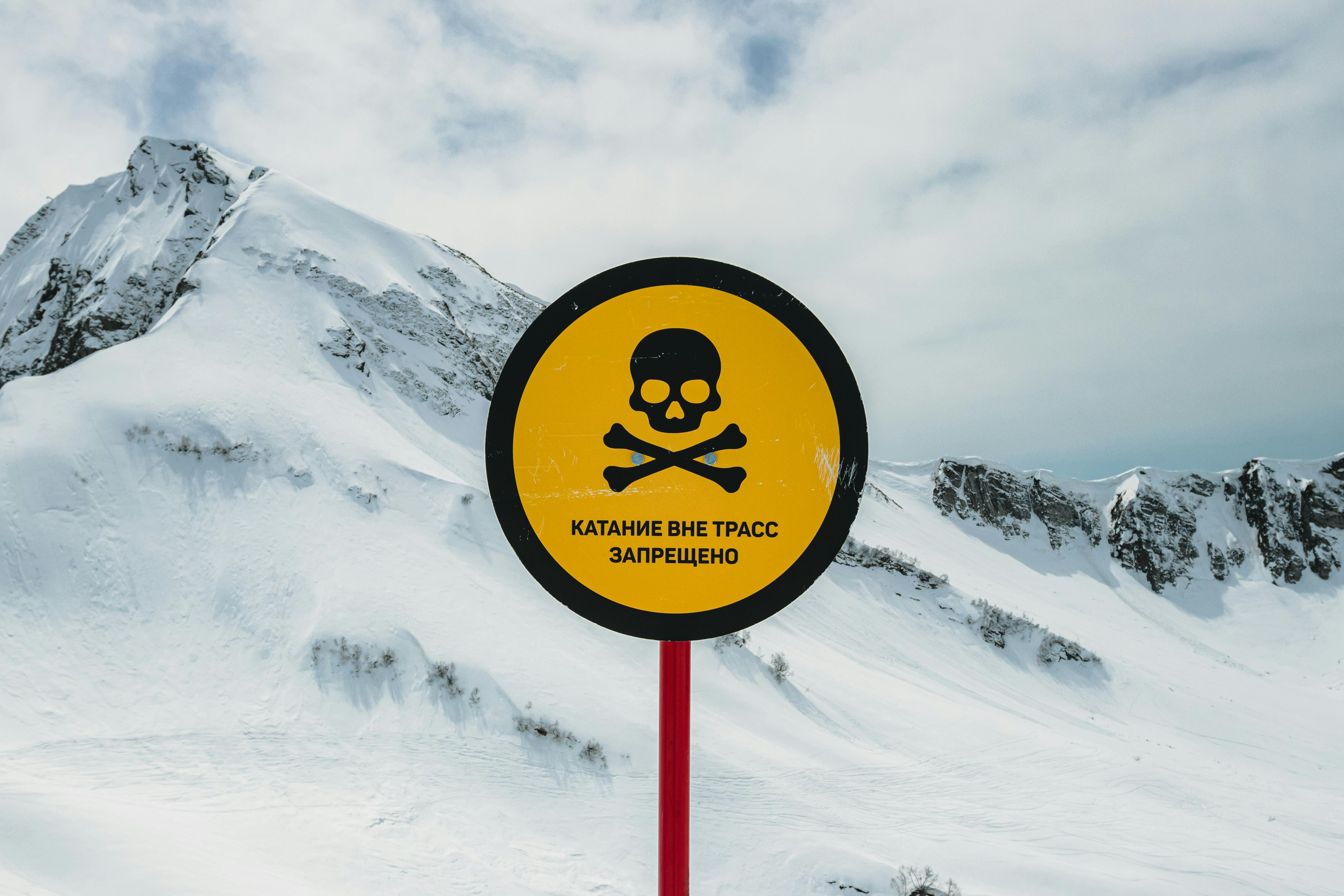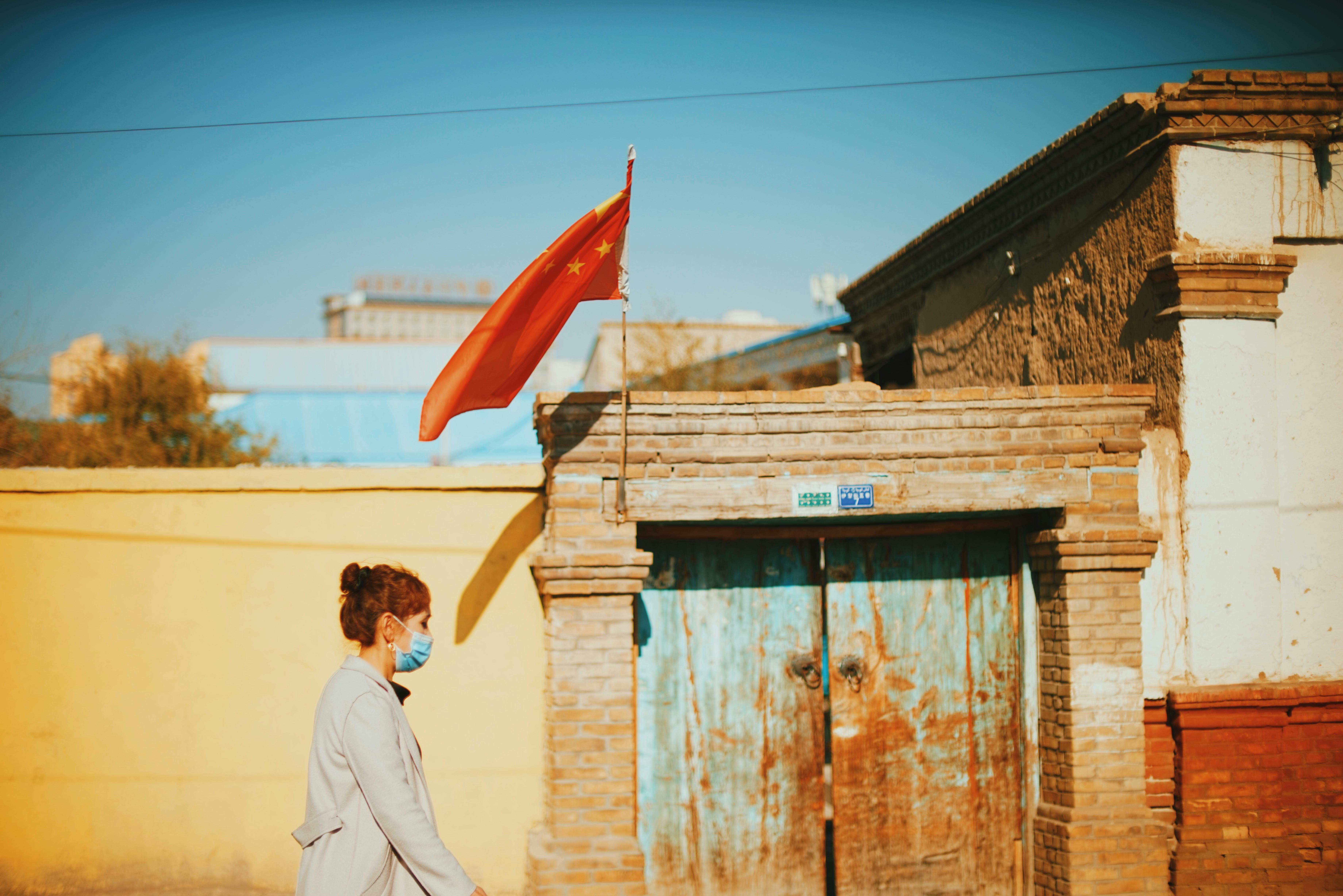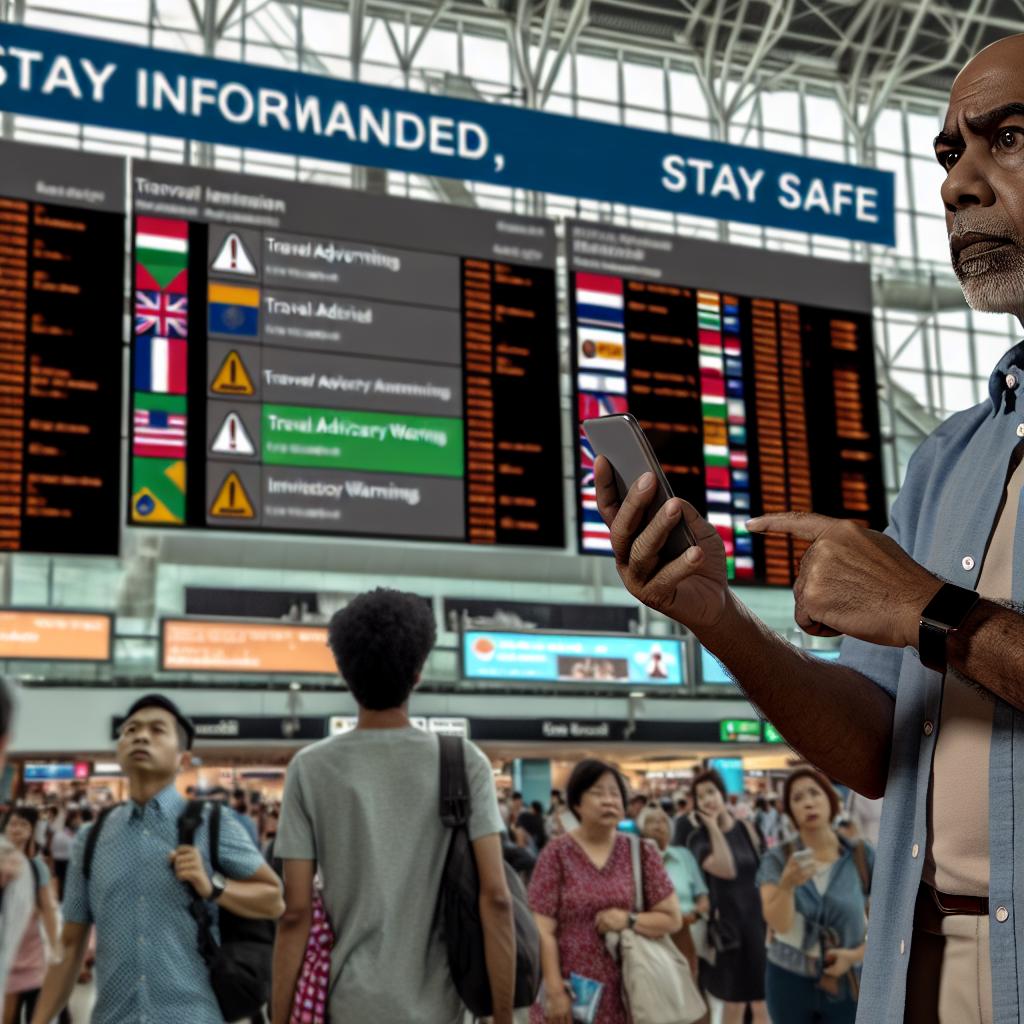- Visit the Travel Advisories site for current U.S. travel updates by the State Department.
- Travel advisory levels change based on risks like conflict or health outbreaks.
- Official updates also available at the U.S. Travel Advisories page.
- Level 1 to 4 advisories range from normal precautions to do not travel.
- Safety tips include avoiding flashy jewelry and monitoring alcohol intake.
- Store money safely and use bank-linked ATMs to avoid theft.
- Verify rideshare details before use; choose reputable transport.
- Use safety apps like Sitata and Smart Traveler for real-time alerts.
- Share travel plans with family; know local emergency contacts.
- Check Travel Warning Information for high-risk 2024 regions.
- COVID-19 travel impacts include frequent updates on travel restrictions and advisories.
Staying informed about travel advisories is vital for every marketer on the go. As marketing professionals, we're often required to travel. However, rising travel advisories can impact your travel plans. Are you updated on the latest U.S. travel ban updates? The world is more connected than ever, but also riskier. Learn how the State Department keeps us informed. Our article will guide you in understanding international travel warnings. Read on to ensure your journeys remain safe and strategic!
How can U.S. travelers stay informed about travel advisory warnings?


Travel can bring adventure and joy, but it also involves being informed. One essential aspect for U.S. travelers is keeping track of travel advisory warnings. You might wonder about the latest U.S. travel ban updates. Visit the Travel Advisories site for current updates. It's maintained by the State Department and is a go-to source for reliable information.
Knowing how often travel advisory levels change is important as well. The State Department updates travel advisory levels based on changing situations. This means there are no fixed update intervals, but they react when necessary. Their updates depend on current risks, such as health outbreaks or conflict.
Finding official international travel advisories is straightforward. Go to reputable travel advisory sites where official updates are issued. The U.S. Travel Advisories page is another place to visit for trusted information on international advisories that affect U.S. travelers.
Travel advisory warnings include different levels of risk. Level 1 advises you to exercise normal precautions, while Level 4 means do not travel. It is wise to understand what each level means, so you can make informed decisions and plan appropriately.
Staying safe as a traveler involves more than just knowing advisories. For instance, being cautious about scams is key. Some places have RFID scanning scams or manipulative children asking for help. Don’t forget to avoid flashy jewelry, since it can attract theft.
It is also crucial to manage money smartly. Limiting cash and using ATMs linked to banks can reduce risks of theft. Spread money into various safe spots to minimize loss if pickpocketing occurs.
Drinking wisely when traveling is necessary too. Too much drinking can lead to unsafe situations. You could get lost or wander into unsafe neighborhoods if not careful.
Taking simple safety steps can provide peace of mind. Using cross-body bags or secure bags can deter thieves. Locks and keeping digital copies of important documents, like passports, help protect against loss or theft.
Understanding the local area and fitting in with locals offers extra protection. Avoid obvious tourist behavior, as it can attract unwanted attention. Blend in by dressing like a local.
When using rideshare services or other transport options, verify the driver before getting in. Choose reputable companies to avoid unsafe situations. Speaking with locals can yield valuable safety tips as well.
Safety apps like Sitata and Smart Traveler alert you about local risks. These apps offer real-time information suited for your location, making them invaluable.
Keep in touch with family or friends back home too. Share your travel plans and check in regularly. This way, someone can assist if things go wrong.
In summary, staying informed about travel advisory warnings and following safety tips enriches your travel. Preparation leads to a safe experience, filled with positive memories. Stay alert, trust your instincts, and seek help if uncomfortable situations arise.
What regions are currently on high alert for travel in 2024?


Every year, there are places that the government says are dangerous for travel. For 2024, some places are on the "do not travel" list. These places have a high risk of problems like crime, terrorism, or civil unrest. Knowing which places these are can help you stay safe when planning a trip.
To see the full list, you can check the Travel Warning Information. It offers updates on which countries are in trouble and why.
Level 4 Advisory Countries: Where Not To Go
Some countries get a Level 4 advisory. This means travel here is not safe at all. But what does this mean for you? If a country is a Level 4, you should avoid going there. The risks are too high, and you might face danger that you can't control.
For instance, places like Iraq, Syria, and Yemen have ongoing conflicts. Visiting these places might put you in harm's way. In these cases, safety cannot be guaranteed, and local support might be weak.
Sometimes, natural problems like floods or hurricanes can make a country unsafe. Other times, a place has a warning because of health issues, like disease outbreaks. The Level 4 list changes often, so it's important to check before you make travel plans.
Watching Out for International Travel Warnings
In some cases, entire regions are not safe for travel. The government calls these "international travel warnings." This type of alert might cover neighboring countries too.
Today, regions in Africa or the Middle East may have these warnings because of conflicts. Even parts of Asia might have this alert because of political unrest. Problems like water shortages or political instability make these regions risky for travelers.
Staying updated on such travel advisories keeps you informed about those regions. Government websites and apps like Sitata provide real-time updates, helping you make safer decisions.
Safety Tips for Travel
When places have high risk, follow safety tips to protect yourself. Avoid wearing expensive-looking jewelry. It can make you a target for theft, especially in crowded areas. Crowded places invite thieves, and wearing flashy items signals that you might have money.
You should also drink with caution. Too much can impair your judgment, making you vulnerable to scams. By staying aware and updating a loved one on your whereabouts, you create an extra layer of protection.
Using ATMs linked to banks is another smart move. This reduces the risk of ATM tampering. When out and about, split your cash and keep it in different, secure spots. Use cross-body bags that have extra security. Thieves find them harder to snatch compared to traditional bags.
Lastly, blend with the locals by dressing like them. Acting like a local might keep you off a scammer's radar. When in doubt, ask locals for guidance. They know which areas to avoid and how to stay safe while exploring.
Emergency Preparedness
No one likes to think about emergencies, but being ready is wise. Keep local emergency numbers handy. In a crisis, knowing where your country's embassy is can provide quick help.
Also, keep digital copies of important documents like your passport. If you lose yours, a digital copy makes organizing a replacement much easier.
By keeping these points in mind, your travels stay enjoyable and harm-free. Awareness and preparedness are keys to a happy and safe travel experience wherever you go.
How does COVID-19 impact current travel advisories?


Travel warnings have shifted due to COVID-19, affecting both domestic and global travel. Let's explore how these changes shape travel today.
First, answering your questions directly: what are the current travel restrictions in the USA due to COVID-19? Many places in the USA still have rules for travelers, including quarantine options for some. It's vital to stay updated as rules change often. Travel Safety During COVID offers current details on U.S. travel restrictions.
Now, how do COVID-specific advisories differ from general travel advisories? General travel warnings have always focused on safety risks like crime or terrorism. But with COVID-19, advisories now include health risks, like virus variants and vaccination status rules. Countries may ask for proof of vaccination or a recent negative test before entry. Understanding the specific COVID rules of a destination is key before traveling.
You might wonder, what updates should travelers expect regarding COVID-related travel warnings? Updates now come at a quicker pace due to the dynamic nature of pandemics. Travelers need to check for new virus strains, government lockdowns, and health advisories, which change fast. The Centers for Disease Control and Prevention (CDC) gives regular updates on COVID-specific advisories and travel guidance.
What about travel warnings for the USA during COVID? The USA doesn't have a unified rule for the entire country. Instead, each state makes its own rules. Some states require testing, while others have eased restrictions. Travelers must check state-specific guidelines before planning any visit.
Next, when seeking out covid-specific travel advisories, travelers should consult trusted sources for the latest information. The CDC's website or the World Health Organization provide reliable updates and guidance. Travel agents and airlines also offer relevant info on COVID rules and restrictions.
Now, what are travel advisory updates for COVID? Travelers will notice very frequent updates, maybe more than traditional advisories. Flight routes, quarantine fees, and country entry bans change more due to the virus's nature. Staying alert and informed on these changes helps in planning smoother trips.
But how do bag safety tips relate here? Even in a health crisis, theft risks remain. Use secure bags and low-key attire to avoid drawing attention when traveling. COVID-19 might dominate headlines, but personal safety in crowded places or during transit is still key.
Additionally, technology plays a crucial role in staying updated with its many tools. Apps now alert travelers about health and travel changes in real-time. They provide pop-ups or notifications about a place's new entry or quarantine requirements. Such tools offer peace of mind, ensuring you comply with any sudden changes in travel guidelines.
What should you do as a traveler seeking safe travel in these challenging times? First, get vaccinated to comply with health rules worldwide. Next, regularly follow updates from trusted sources before you confirm any travel plans. Before hitting the road, check your destination's specific COVID warnings. Doing some homework beforehand saves potential hassle during your trips.
In summary, navigating travel advisories in today's world demands preparation, caution, and informed decisions. The pandemic has added layers of complexity to travel planning. However, by staying informed and ready, you can enjoy smooth and safe trips even amid these times.
How can travelers ensure their safety when visiting high-risk countries?


Traveling to high-risk countries can be a thrilling adventure. However, safety should always be your top priority. What precautions should be taken when traveling to high-risk countries? Packing light and smart minimizes your risk. Leave flashy jewelry and valuables at home. Discreet belongings make you less of a target for theft or scams. Drinking responsibly is also crucial. Stay aware, avoid unsafe areas, and keep control of your surroundings. Losing awareness can quickly lead to unsafe situations.
Use bags designed for safety. Cross-body bags or traveler bags with locks protect against theft. Keep your possessions close at all times. Money should be managed with care. Carry only what you need. Use ATMs connected to banks to avoid tampering and fraud. Stow money discretely in several locations on your person. Being aware of popular scams at your destination can help you avoid trouble. Research scams like RFID scanning or emotional tricks involving children. Knowledge is your best defense.
In case of emergencies, always know local contact numbers and the location of your embassy. Quick access to help is vital when problems arise. Keep digital copies of important documents, like your passport. It's the fastest way to get a replacement if necessary. Blending in is important. Dress like the locals and avoid glaring tourist behavior. This helps lower your risk of being singled out for theft or scams.
Are travel safety alerts helpful? Yes, they are. Alerts help you stay aware of any danger before it's too late. Sign up for alerts from apps like Sitata and Smart Traveler. They provide real-time updates and safety tips. Always use reliable transportation when traveling. Verify details when using taxis or ride-sharing apps. It's important for avoiding unsafe situations. Trust reputable services only.
Keeping in touch with friends or family is a must. Share your travel plans and check in regularly. It's smart to have someone know where you are. Locals also provide great insights. They know the safe spots and can guide you around potential dangers. Ask them for advice on areas to avoid.
Staying alert prevents becoming easy prey for crime. Watch your surroundings closely, especially when traveling alone. Trust your instincts. If you feel uneasy, leave immediately. Your senses often detect danger that is not visible. This way, you can explore new places with awareness and joy without compromising safety.
Conclusion
Staying informed is key for safe travel. We covered the latest U.S. travel bans and advisory updates. We listed countries on the "do not travel" list and explained level 4 advisories. We explored how COVID-19 affects travel warnings, noting the need for extra caution. Lastly, we stressed the importance of following safety alerts and bulletins. Keep informed and use official sources to navigate travel risks. Safe travels depend on careful planning and up-to-date knowledge. Use these tips to protect yourself and have a safe journey.

